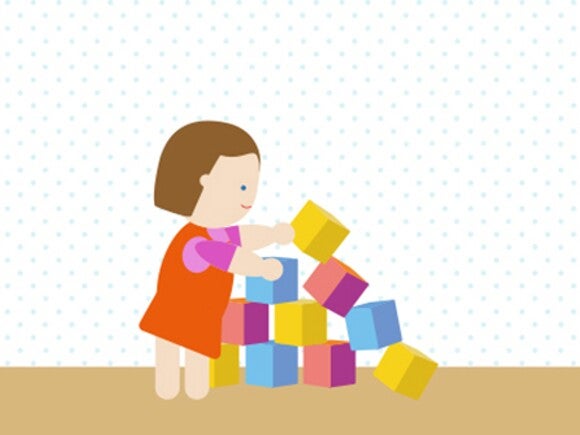
Be an active role model
Being active regularly is important for your toddler’s health. Physical play both in and outdoors keeps growing bodies busy and little brains challenged. Continue to be a good role model by being as active as possible yourself. Let them see you walking, dancing, and playing, rather than sitting on the couch, watching television, or staring at your phone. Remember that they will want to do what they see you doing.
Games to help development
Some games will help develop their fine motor skills because they use the small muscles in their body, such as those found in fingers. Activities such as dancing, jumping, and racing to pick up their favourite toy involve their entire body so will help develop their gross motor skills.
It’s important to include both structured and unstructured playtime every day. Structured play is when an adult is directing the activity and the child is encouraged to follow simple rules. Unstructured, or free, play is when the child is free to be active in whatever ways they choose. Here are five ideas for fun games to play together so you can meet the target of at least three hours of physical activity a day…
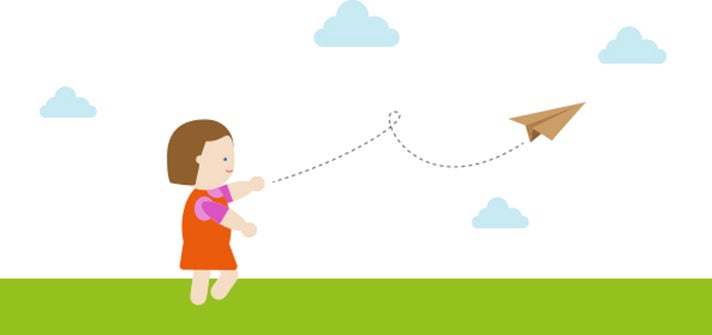
1. What? Fold and fly
How? Make a paper airplane together and encourage them to run and catch it. If you are lucky enough to have a garden, go outside. If not, clear some furniture out of the way so you can race around your living space. Let them try throwing it too (they might need some help with the trajectory!) then run after it yourself to show them how much fun the game is.
Why? Running around involves moving their entire body and will help build muscle strength in their legs. It’s also sure to keep them guessing where the wind will carry the airplane!
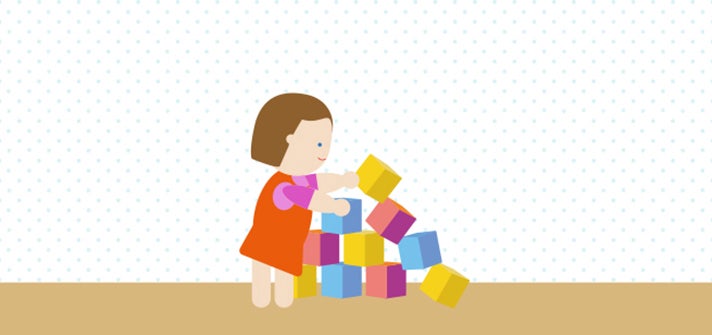
2. What? Build them up.
How? Encourage your little one to make a tower from soft blocks then knock them down again.
Why? This game will help the development of their hand and finger skills. It’s a good example of unstructured play, where they can create whatever they like and learn how things work. It will also occupy their hands and challenge their brain.
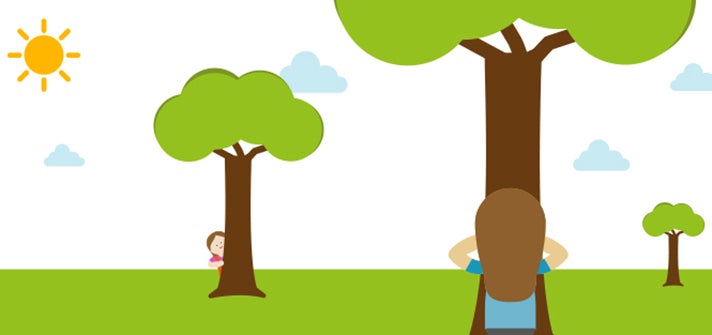
3. What? Hide and seek
How? Find a place to hide yourself—either in your home or garden—while your toddler seeks and then switch so they’re doing the hiding. Alternatively, you can hide a toy for them to find. Take turns and show them how much you are enjoying playing the game and being active together.
Why? By 18 to 24 months, your toddler is likely to understand the concept of “hide and seek.” If you hide a toy under a cover, for instance, they will know to look for it. If you have a garden, hide and seek is an opportunity for them to develop gross motor skills as they run around outside. If not, then there are lots of hiding places to be found at home—whether that’s under a duvet, behind a curtain or in a cupboard! This game is structured play, where children follow directions and are guided by an adult, and is a good way of including this type of play in the daily activity goal. It’s also a chance to teach them new words for new objects they discover around the home or garden.
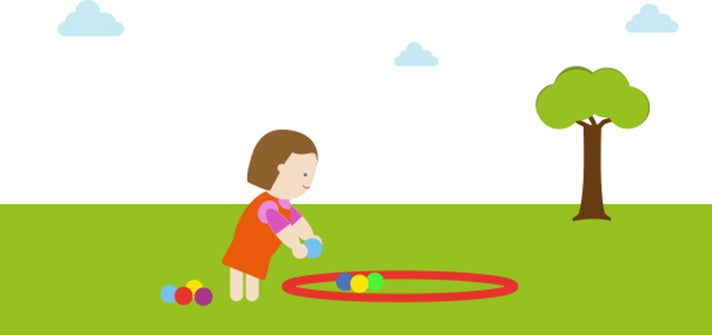
4. What? Inner circle
How? Place a hoop on the floor, or arrange a skipping rope into a circle, and scatter some balls of various sizes around. Encourage your toddler to gather up the balls and put them inside the circle. When they’ve had some practice, join in and see who can go faster!
Why? Challenges your toddler to move quickly and flex their whole body as they bend to pick up and put down the balls, and races back and forth. Helps them practice both gross and fine motor skills.
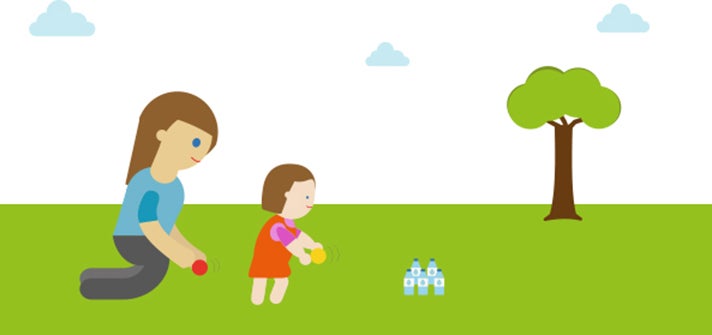
5. What? It’s a strike!
How? Set up empty water bottles as bowling pins and show your toddler how to roll a ball to knock them over. Praise them if they knock any bottles down to reinforce the aim of the game.
Why? Puts their gross motor skills as well as hand-eye coordination into action. Remember that you are your child’s role model so they’re more likely to join in and play if they see you having fun too. They’ll also learn “cause and effect”, how to take turns, and celebrate sporting victories!
If you’re looking for game and activity ideas for when your toddler is having bath play time, read our helpful guide Ways to Make Bath Time Exciting for Toddlers.



